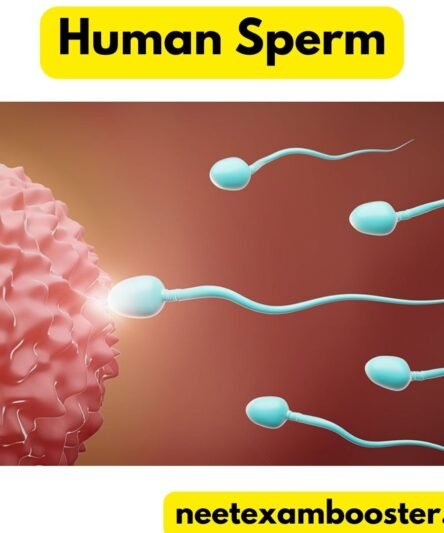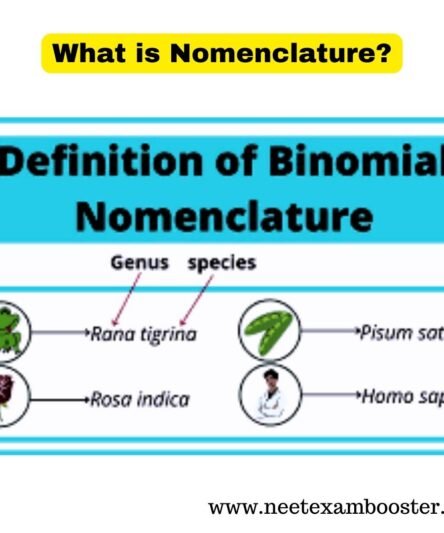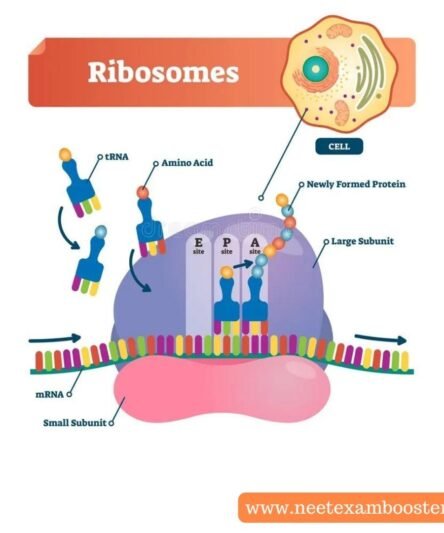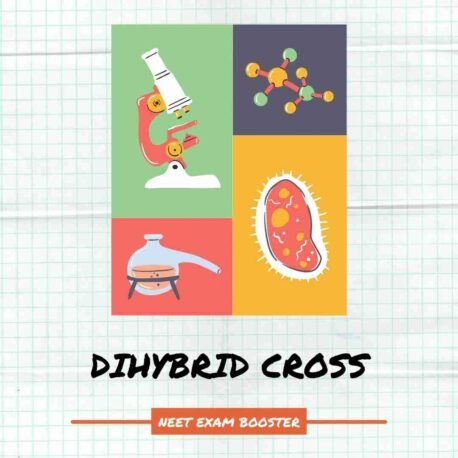Plant morphology notes
Here is some important points on Plant morphology notes.

In Racemose inflorescence, flowers are born in
the way that the position of a younger flower is at
the apex or distal end while the old flower is
placed towards the base and the arrangement is
referred to as acropetal arrangement
The mature seeds of plants such as gram and
peas, possess no endosperm, because
Endosperm gets used up by the developing
embryo during seed development.
Roots developed from parts of the plant other
than radicle are called Adventitious roots.
Venation is a term used to describe the pattern of
arrangement of the Veins and the veinlets in the lamina.
Endosperm, a product of double fertilization in
angiosperms is absent in seeds of the Orchids.
Pulses of belong to family Fabaceae.
The placenta is attached to the developing seed
near the Hilum.
Indigofera plants is used to extract the blue dye.
The leaf base expands into sheath in Grasses and
banana.
Edible part of apple is the Thalamus. (False fruit)
The presence of more than two leaves per node is
a feature of Alstonia. (Whorled phyllotaxy)
Angiosperms differ from gymnosperms in having
Fruits.
The edible part in hesperidium fruit isJuicy
hairs. (Oranges)
Sucking roots are present in the plant Cuscuta.
The special elongated internode in some flowers
present in between calyx and corolla is called
Anthophore.
The ovary after fertilization is converted into Fruit.
A fruit in which seed coat and fruit wall is fused
known as caryopsis (present in Wheat)
Nucellus forms Perisperm parts of fruit.
The fruit is chambered, developed from inferior
ovary and has seed with succulent testa à
Pomegranate.
Rhizophora has Pneumatophores.
Vegetative propagation in mint occurs by Sucker.
Imbricate aestivation possess non-uniform
overlapping of petals.
Leaves are modified into spines in Opuntia.
If a primary root continues to grow, the type of
root system will be known as Tap.
A carpel develops into Fruit.
In drupe of coconut, the mesocarp isFibrous.
Seedless banana is Parthenocarpic fruit.
In Coconut plant the fruit is a drupe, seed coat is
thin, embryo inconspicuous and endosperm is
edible.
Succulent stem is found in Euphorbia.
In hypogeal germination due to elongation of
Epicotyl plumule comes out of the ground.
In Nepenthes (pitcher plant), the pitcher is
formed due to modification of Leaf lamina.
Syncarpous condition is observed in Tomato and
mustard.
Vegetative propagation in Pistia occurs by Offset.
Whorled type of phyllotaxy is found in Alstonia.
Example of corm is Colocasia.
Botanical name of bladderwort is Utricularia.
The eyes of potato tuber are Axillary buds.
Castor is endospermic seed.
Mango & coconut is a Drupe fruit.
When pericarp is fused with testa and fruit
contains a single seed, it is called Caryopsis.
Multicostate parallel type of venation is found in
leaves of Grasses and palms.
Phyllode is present in Australian Acacia.
Cymose inflorescence is present in Solanum.
Three plants have composite fruits that develop
from an inflorescence –Fig, pineapple, mulberry.
An example of edible underground stem is
Potato.
Pericarp and placenta are edible part of simple
fleshy berry fruit Tomato.
Aggregate fruit develops from multicarpellary
apocarpous ovary.
Leaves become modified into spines in Opuntia.
The hilum is a scar on the Seed, where funicle
was attached.
Keel is the characteristic feature of the flower of
Indigofera. (Family – fabaceae)
Perigynous flowers are found in Rose.
In ginger vegetative propagation occurs through
Rhizome.
Roots play insignificant role in absorption of
water in Pistia.
In Bougainvillea thorns are modification of Stem.
Plants which produce characteristic
pneumatophores and show vivipary belong to
Halophytes.
Plant Morphology notes for you quick revision.


















